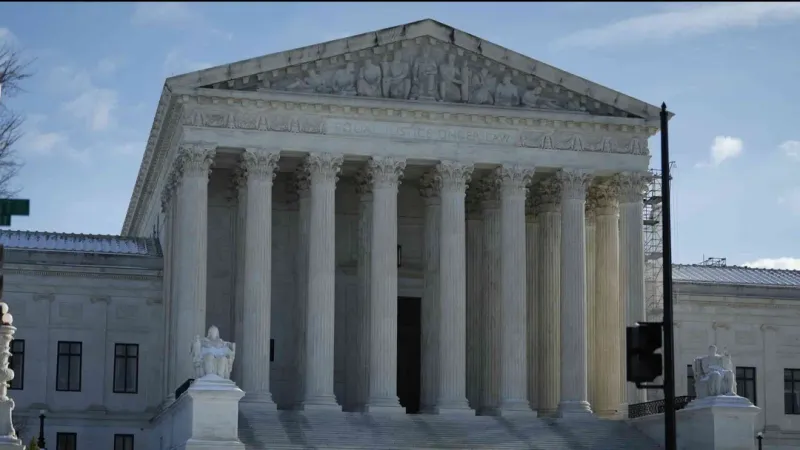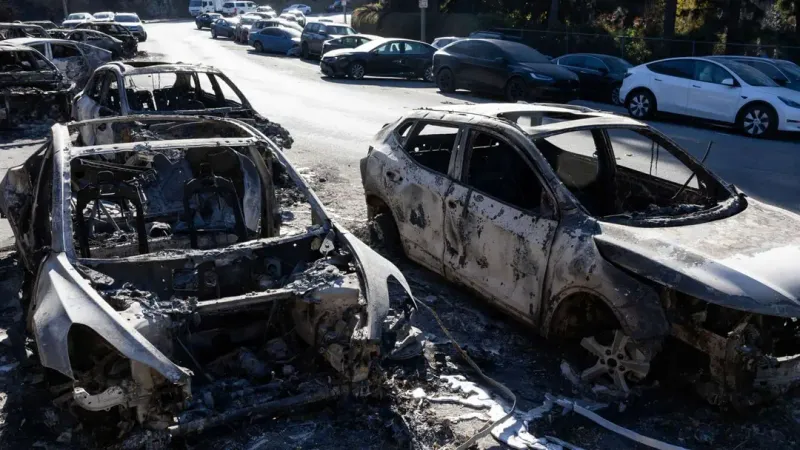India: New Delhi Shuts Primary Schools as Air Quality Worsens
New Delhi's air quality index reached an average of 495 of 'larger particulate matter' on Thursday — pollution levels 50 times higher than World Health Organization safety limits — forcing local authorities to suspend in-person classes for primary schools....
Facts
- New Delhi's air quality index reached an average of 495 of 'larger particulate matter' on Thursday — pollution levels 50 times higher than World Health Organization safety limits — forcing local authorities to suspend in-person classes for primary schools.[1][2]
- As the nation's capital region remained enveloped in toxic smog, the Commission for Air Quality Management invoked stringent anti-pollution measures under Stage III of the Graded Response Action Plan — including water sprinkler deployment and a ban on non-essential construction.[3][4]
- Northern India's air quality has deteriorated over the past week. Toxic smog — which delayed nearly 300 flights at Delhi's Indira Gandhi International (IGI) Airport — has obscured the country's famous monument, the Taj Mahal [about 220 km (136 miles) from New Delhi].[5][6]
- The hazardous smog is extensive enough to be visible from space. Recently, satellite imagery from NASA Worldview showed that most of northern and eastern Pakistan and parts of northwestern India were covered in a blanket of gray clouds.[7]
- The severe pollution stems from multiple factors, including stubble burning in the neighboring states of Punjab and Haryana, vehicle emissions, industrial activity, and weather conditions that trap pollutants every winter.[6][8]
- According to the University of Chicago's Energy Policy Institute, Delhi residents could have their lives shortened by 7.8 years due to the poor air quality — which can cause respiratory problems, including breathing difficulties — they regularly experience.[9][10]
Sources: [1]BBC News, [2]The Times of India, [3]www.ndtv.com, [4]India Today (a), [5]India Today (b), [6]Reuters, [7]CNN, [8]USA Today, [9]The Economic Times and [10]Al Jazeera.
Narratives
- Narrative A, as provided by www.ndtv.com and Ani. New Delhi is a landlocked city. Though most of the air pollution comes from illegal farm fires, which the government has no control over, the authorities have taken decisive action through school closures, construction bans, and strict enforcement of anti-pollution measures to reduce the health risks posed by the severe pollution exacerbated by humidity levels, calm winds, and a drop in temperature.
- Narrative B, as provided by News18 and India News. Current anti-pollution measures are largely ineffective, as Delhi remains the second most polluted city globally after Lahore. The annual recurrence of this crisis shows a fundamental failure in addressing deep-rooted causes like industrial emissions and urban planning. Until a framework to regulate pollution across states with shared weather patterns is established, India will continue to lose millions of lives to air pollution.







